Gold experienced a notable decline during the Asian session, weighed down by the Federal Reserve’s decision to keep interest rates unchanged and signal a delay in any near-term cuts. These signals reinforced dollar strength, diminishing gold’s appeal as a store of value. However, ongoing geopolitical tensions in the Middle East provided limited support for the metal, helping curb deeper losses and keeping some safe-haven demand alive.
Platinum delivered a standout performance, touching its highest level since 2014. The surge was fueled by strong industrial demand, particularly from the Chinese market, combined with tight inventories and rising short term financing costs. The uptrend remains intact as long as prices hold technical support near the $1,290 level, with any short term pullbacks seen as opportunities for repositioning by investors.
Silver slipped below the $36.70 mark, coinciding with a decline in risk appetite following the Fed’s announcement. Similarly, copper futures in both the London and U.S. markets faced downward pressure. Overall, the market remains cautious, with traders awaiting further clarity on the Fed’s policy outlook and geopolitical developments, which are playing an increasingly significant role in shaping price action.
The dollar traded in a tight range during today’s session, supported by renewed safe haven demand amid rising fears of broader regional conflict. Uncertainty surrounding potential direct U.S. military involvement in the ongoing tensions has driven increased demand for the greenback. This behavior reflects the mindset of safety seeking investors amid low visibility and reduced market liquidity due to the Juneteenth holiday.
While the Fed held rates steady as expected, Norges Bank surprised markets with a 25 basis point rate cut, pushing the Norwegian krone sharply lower against both the dollar and the euro. Meanwhile, the Swiss franc gained ground after the Swiss National Bank delivered a rate cut that was smaller than expected, helping the franc stabilize against the dollar.
Fed Chair Jerome Powell noted in his press conference that tariff-related inflation will begin affecting U.S. consumers over the summer, posing a significant challenge for policymakers trying to balance price stability and economic growth. Despite this, markets are still pricing in two rate cuts for 2025, likely in the September and December meetings, though the exact timing remains a subject of debate amid complex political and economic dynamics.
Low liquidity has not prevented traders from repricing risk. Market participants are increasingly adjusting positions based on geopolitical scenarios alongside monetary policy signals. Risk-sensitive currencies such as the Australian and New Zealand dollars recorded noticeable declines, reflecting a broader retreat from high risk assets.
Stay informed about global markets through our previous analyses. and Now, you can also benefit from LDN company services via the LDN Global Markets trading platform.







